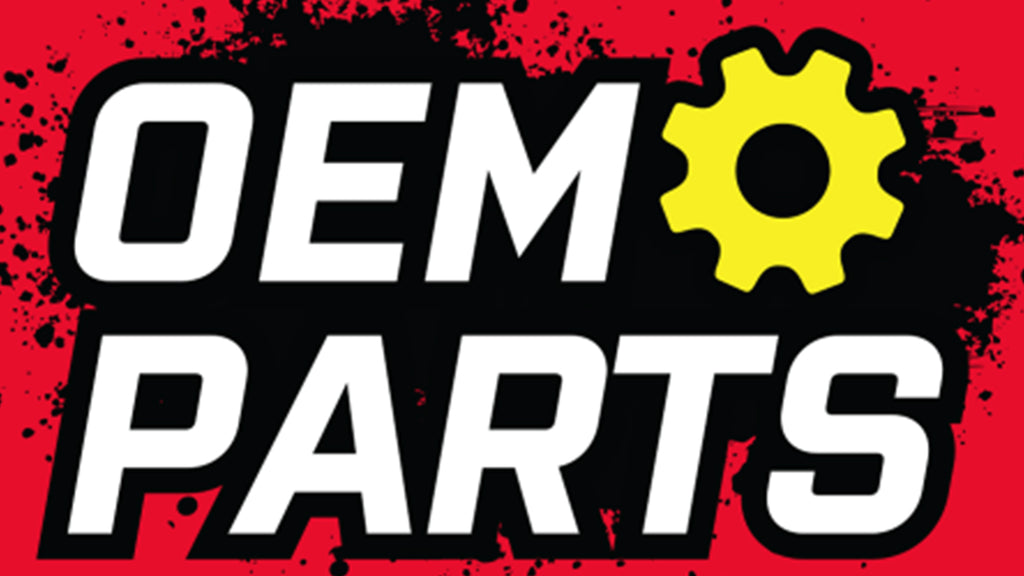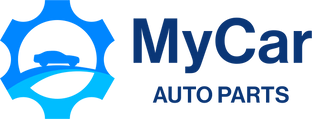OEM Parts vs. Aftermarket: Making Informed Choices for Your Vehicle
Posted by MYCAR

When it comes to maintaining or repairing your vehicle, one of the critical decisions you'll face is whether to use Original Equipment Manufacturer (OEM) parts or aftermarket parts. Both options have their advantages and disadvantages, and understanding the differences between them can help you make an informed choice. In this blog post, we'll explore the pros and cons of OEM parts and aftermarket parts to help you decide which is best for your needs.
OEM Parts: Staying True to the Manufacturer
Pros of OEM Parts:
-
Quality Assurance: OEM parts are produced by the same manufacturer that built your vehicle. This means they are designed to meet the exact specifications and quality standards set by the automaker.
-
Perfect Fit: OEM parts are made to fit your vehicle precisely. They are engineered to match the vehicle's dimensions and specifications, ensuring a seamless installation.
-
Warranty Compatibility: When you use OEM parts for repairs, your vehicle's warranty remains intact. This is because automakers trust the quality of their own components.
-
Consistency: OEM parts provide consistency in terms of performance, reliability, and safety. You can expect the same level of quality as when the vehicle was first built.
Cons of OEM Parts:
-
Higher Cost: OEM parts are typically more expensive than aftermarket alternatives. You are paying a premium for the manufacturer's brand and quality assurance.
-
Limited Availability: Some OEM parts may be harder to find, especially for older or less common vehicle models.
Aftermarket Parts: A World of Options
Pros of Aftermarket Parts:
-
Cost Savings: Aftermarket parts are often more affordable than OEM parts, making them an attractive choice for budget-conscious consumers.
-
Variety and Availability: The aftermarket parts market is vast, offering a wide range of options for various vehicle makes and models. You're more likely to find the part you need, even for older cars.
-
Competition Drives Innovation: Aftermarket manufacturers often compete with each other to provide better value and performance, leading to continuous improvements in quality.
-
Customization: If you're looking to modify or upgrade your vehicle, aftermarket parts offer a plethora of customization options, from performance upgrades to aesthetic enhancements.
Cons of Aftermarket Parts:
-
Quality Variability: The quality of aftermarket parts can vary significantly. While some manufacturers produce high-quality components, others may cut corners to reduce costs.
-
Fitment Issues: Because aftermarket parts are not made specifically for your vehicle, there may be fitment problems or the need for modifications during installation.
-
Warranty Concerns: Using aftermarket parts may void your vehicle's warranty if the manufacturer can link the part to a problem with the vehicle.
Making the Right Choice
Ultimately, the decision between OEM and aftermarket parts depends on your priorities and circumstances. Here are some guidelines to help you make the right choice:
-
OEM Parts: Choose OEM parts if you want the assurance of quality, have a newer vehicle under warranty, or require a specific part that should match your vehicle precisely.
-
Aftermarket Parts: Opt for aftermarket parts if you're looking for cost savings, have an older vehicle, want customization options, or have experience with reliable aftermarket brands.
In many cases, a combination of both OEM and aftermarket parts can be the best approach, depending on the specific repair or upgrade you're undertaking.
Remember that research is key. Check reviews, compare prices, and consult with trusted mechanics to ensure you're making the best choice for your vehicle and budget. Whether you choose OEM or aftermarket, maintaining your vehicle with quality parts is essential for its long-term performance and safety.

